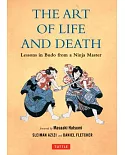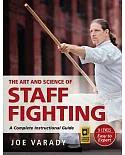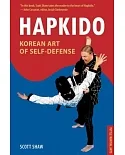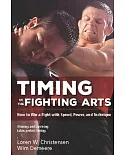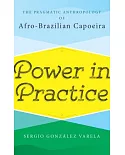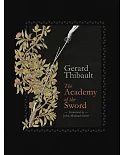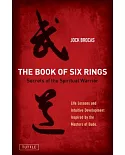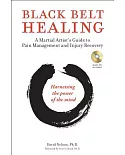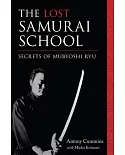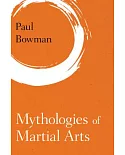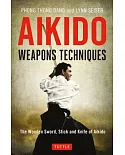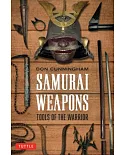Capoeira’s unique blend of martial art, dance, and thrilling sport has made it an increasingly popular activity worldwide. But its origins have been shrouded in mystery, and its complex history
not well understood. For volume two of his Unknown Capoeira series, Mestre Ricardo Cachorro has done extensive archival research to shed light on these shadowy areas. Reaching back as
far as the year 1415, Cachorro documents the cultures and individuals that gave birth to—and helped alter and redefine—capoeira. He uncovers its beginnings in the dramatic saga of the Akindele
family, who lived in a storied Yoruba kingdom in pre-Colonial Africa, and in the vibrant culture of newly explored Bahia de Todos os Santos in 1531. Cachorro continues his investigation with
the Feitorias and Capitanias—the legendary sugarcane mills of the seventeenth century—an important but little-known cradle of capoeira. He explores the historical and cultural aspects of each
significant period of the discipline’s development from ancient Africa to present-day Brazil, in the process profiling its key contemporary players and answering such longstanding questions as
why capoeira did not emerge in other enslaved countries of the New World.


